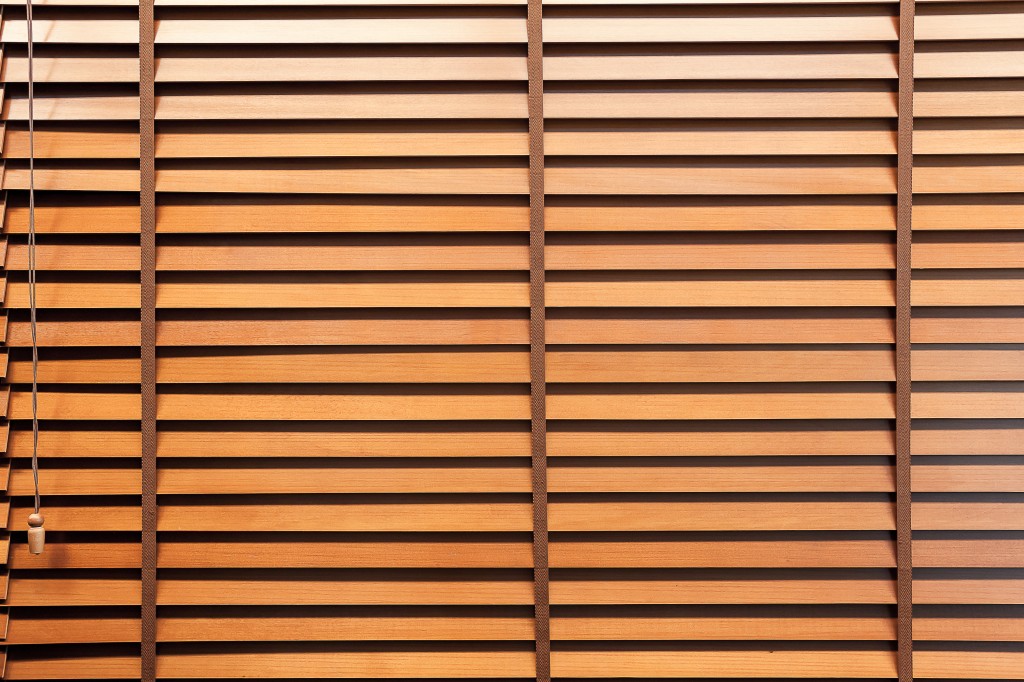Traditional Japanese homes feature unique architecture and interiors considered essential in Japan’s history and culture. Many people include these old features in new homes because they find them charming, adding a unique vibe to their households.
Most American homes can’t do without Western conveniences such as modern gas or electric fireplaces, but it is interesting to note that these can easily be blended with Japanese elements for a minimalist look.
If you’re decorating your home or are building a new one, here are the five must-have Japanese elements that you should incorporate to your house for better style and functionality.
A Touch of Nature
Japanese traditional house designs always feature wood. They prefer wood because it has more connection with nature, and in nature, they find “zen” or peace. You can use wood and bamboo over concrete or other materials to improve resiliency against storms and earthquakes for fences or other home decors.
You can also incorporate a ‘nature vibe’ to your home by constructing wide and large windows in your study room, bedroom, or living room, facing a view of the lush outdoor scenery.
Japanese ‘Shoji’ Sliding Doors or Screens
One of the signature elements of Japanese interior design is their “Shoji” or the Japanese movable screens or doors. If your home area is relatively small, this kind of door will help you save space because these doors can only go to the right and left sides, compared to standard doors that swing back and forth, taking up more space.
However, a disadvantage of these doors is that they’re constructed using fragile materials, including paper and thin wood. It’s not ideal for households with young children.

Japanese Passive or Natural Lighting
Passive lighting or natural lighting is one critical aspect of Japanese home interior design. Japanese people like to portray their passion and connection with nature, making natural lighting necessary for any Japanese home. The Japanese like to incorporate massive and expansive windows to their home to let natural light illuminate their house, helping the household become brighter, stylish, and functional.
Besides naturally illuminating your house, it also helps you enjoy natural ventilation, allowing you to enjoy the fresh outdoor air at home.
Japanese Minimalist Design
The Japanese like to make things clean and simple, including their living areas. You can achieve a ‘minimalist’ home by installing angled-lighting fixtures that mimic traditional Japanese lanterns to make it unique yet simple. Adding furnishings with clean lines and natural wood colors also largely contributes to the minimalist design that most modern Japanese homes have.
It’s also best to use neutral colors when painting your home to make it genuinely minimalist. Finally, spruce up any bare space available by hanging one artwork piece that you love.
External Japanese Hallways ‘Engawa’
A traditional Japanese home has a unique area called Engawa, which is a veranda that connects rooms and serves as a pathway between the inside and outside of the house. It’s usually placed on the house’s edges, making it a convenient area to hang out on during warmer seasons or looking at the stars during nighttime. It’s best to incorporate this Japanese design element near a garden.
Whether you’re looking for something new or want to add a unique touch to your home, these Japanese elements can make any house more functional, stylish, and elegant.

